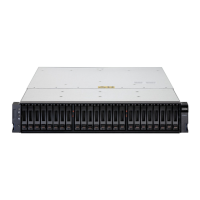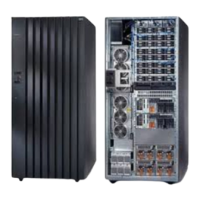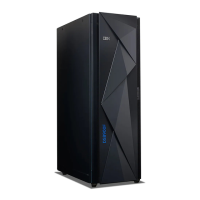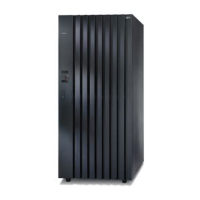7065DS3KBasicConfig.fm Draft Document for Review August 30, 2007 12:59 am
46 IBM System Storage DS3000: Introduction and Implementation Guide
accessible. However, this comes at a cost - we can only use 50% of the total storage
capacity.
Figure 4-3 RAID 1
RAID 3
This RAID level is an attempt to overcome the low usable capacity in RAID 1 configurations.
Remember, RAID 1 usable capacity is only 50%. The idea is to have a larger number of disk
drives (three or more) and use one dedicated disk drive to store parity information. If any disk
drive in the array fails, parity information can be used to calculate the missing information on
the failed drive. Usable capacity is more efficient than in RAID 1, and as the number of drives
increases, so does the storage space efficiency. The capacity of one drive is sacrificed for
redundancy, so if you have five drives in your RAID 3 array, the storage space efficiency will
be 80%. With ten drives, the efficiency will be 90%.
However, with RAID 3, the dedicated parity drive is a performance bottleneck. Each write
operation requires the parity to be re-computed and updated, and this means the parity drive
is accessed every time a block is written onto the array. Because of this, RAID 3 is rarely
used.
RAID 5
The idea of RAID 5 is similar to that of RAID 3, but with an important improvement. RAID 5
does not use a dedicated parity drive. Instead, parity blocks are evenly distributed across all
physical disk drives as shown in Figure 4-4 on page 47. This means RAID 5 offers better write
performance than RAID 3, which improves greatly when using a larger number of disk drives.
RAID 5 is very popular, due to its good balance between performance, availability and usable
capacity.
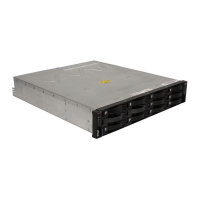
